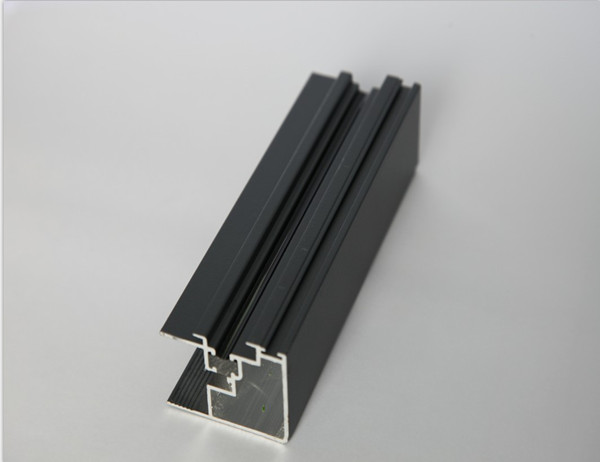Aluminium alloy tubing has become increasingly popular due to its lightweight, high strength, and durability, making it an ideal material for various applications. However, for specific needs and requirements, customization is often necessary to achieve optimal performance. This article explores the extensive customization options available for aluminium alloy tubing, catering to the diverse needs of industry professionals.
Aluminium alloy tubing can be tailored to precise dimensions to suit specific applications. Wall thickness, outer diameter, and length can be adjusted to meet exact requirements. This customization ensures optimal strength-to-weight ratio and eliminates unnecessary material usage, reducing costs and maximizing efficiency.
The selection of aluminium alloy is crucial to match the specific performance needs. Different alloys offer unique combinations of strength, corrosion resistance, weldability, and thermal conductivity. Engineers can choose from a range of alloys such as 6061, 6063, and 7075 to optimize tubing properties for various applications, including aerospace, automotive, and marine industries.
Customization extends beyond standard round tubing. Aluminium alloy tubing can be fabricated into a variety of shapes, including square, rectangular, oval, and irregular cross-sections. These specialized shapes enhance structural integrity, improve aesthetics, and enable unique solutions for specific engineering challenges.
To enhance durability and meet specific aesthetic requirements, aluminium alloy tubing offers a range of surface treatment options. Anodizing creates a protective oxide layer, providing corrosion and wear resistance. Powder coating provides a wider range of color choices and further enhances durability. Electropolishing eliminates imperfections, improves surface smoothness, and reduces friction.
Tempering is a heat treatment process that modifies the mechanical properties of aluminium alloy tubing. Different tempering conditions, designated by a combination of letters and numbers, determine the tubing’s hardness, strength, and ductility. Engineers can select the optimal tempering condition to achieve specific performance requirements and ensure suitability for intended applications.
Conclusion
The customization options available for aluminium alloy tubing empower engineers and designers to create tailored solutions that meet the specific demands of their projects. By carefully considering dimensions, alloys, shapes, surface treatments, and tempering, they can optimize performance, reduce costs, and ensure the highest quality and precision in their end products. The adaptability and versatility of aluminium alloy tubing make it an indispensable material for innovative and industry-leading applications.




